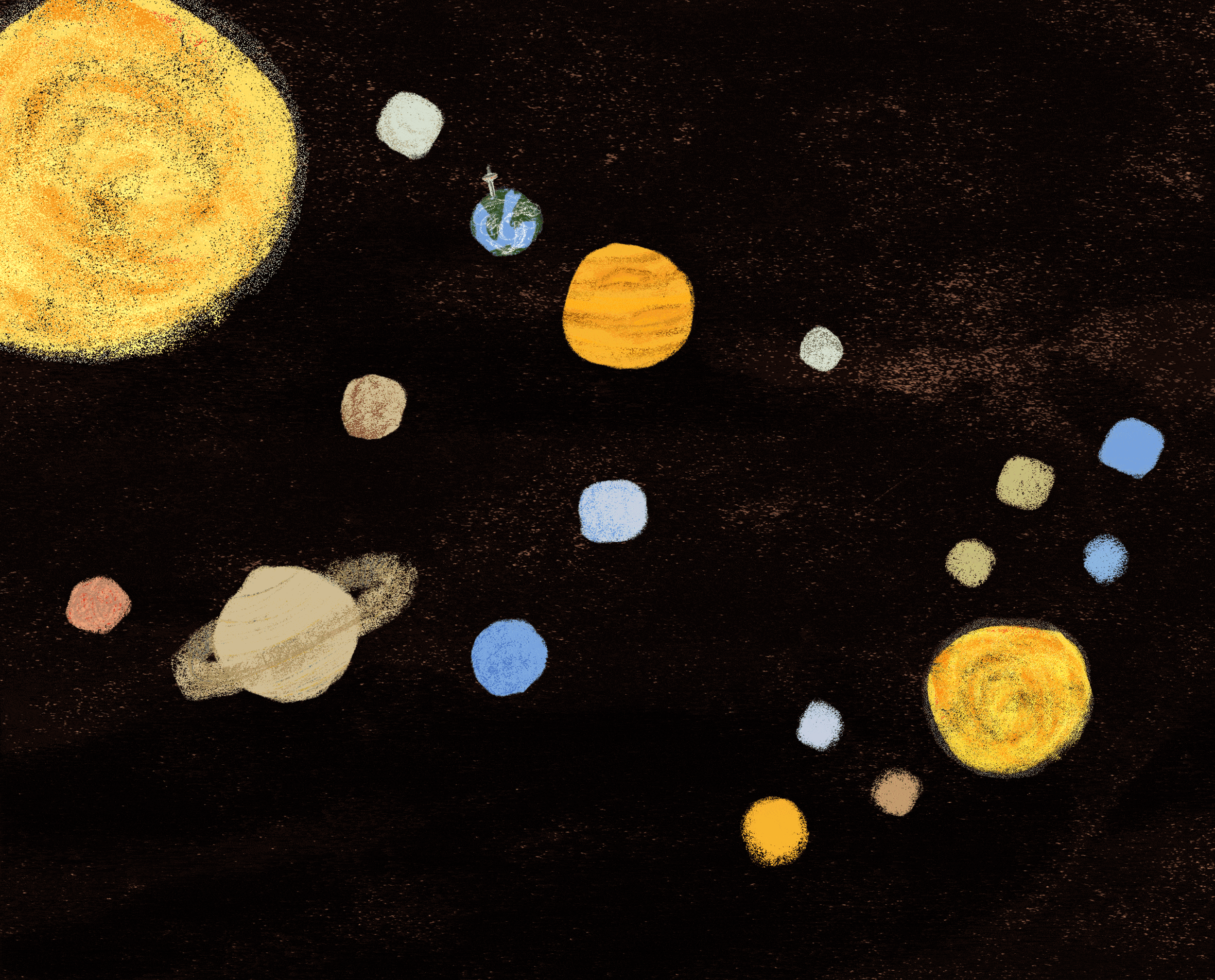In his television series Cosmos: A Personal Voyage, popular astrophysicist Carl Sagan emphasized the importance of exploring other planets to give scientists a better understanding of the rapidly changing environment on Earth.
By comparing our local climates to more extreme examples, he explained that “by exploring other worlds we safeguard this one.”
Sagan spoke those words in 1980, eight years prior to the discovery of the first exoplanet, a planet beyond our solar system. In the three short decades since astrophysicists detected the exoplanet revolving around star Gamma Cephei, the astronomical community has discovered nearly 4,000 more, with nearly 3,000 possible candidates undergoing further study.
Leading the charge is Professor Sara Seager of the Massachusetts Institute of Technology, who presented the 2018 Tuzo Wilson Lecture at the Isabel Bader Theatre on November 20.
The Tuzo Wilson Lectures are an annual event held by the Department of Physics in memory of Professor J. Tuzo Wilson, a pioneer of geophysics at U of T and in Canada and the first Director of the Ontario Science Centre. Since the establishment of the J. Tuzo Wilson Professorship in Geophysics in 1995, the incumbent professor has been annually responsible for delivering the lecture in their inaugural year, and for organizing the lecture in the years that follow.
Seager is a shining example of those who hunt for planets orbiting distant stars. Her work in improving methods of exoplanet detection and her dedicated search for an Earth-like exoplanet has even netted her the moniker of “astrophysical Indiana Jones” by NASA. So it was no surprise that almost all 500 seats in the Isabel Bader Theatre were packed for her presentation, with many U of T astro-enthusiasts jostling to hear her speak on the latest discoveries in the field.
Seager began the lecture with an introduction to what exoplanets are, displaying a number of artistic renditions, before moving into a more detailed explanation of how exactly astronomers detect the distant spheroids. She explained that most exoplanets — 78.1 per cent of them — are detected by the transiting method.
Using the transiting method, astronomers like Seager chart the brightness of several stars over extended periods of time, with regular decreases in light intensity likely explainable by the movement of an exoplanet across our view of the star.
But regular optical telescopes aren’t always suitable for such observations, and Seager continued the lecture by expounding on some of the new tools and instruments that stargazers around the globe will soon be able to take advantage of. In particular, she highlighted the recently-launched Transiting Exoplanet Survey Satellite (TESS).
“TESS is going to find more of these planets orbiting red dwarf stars — transiting planets, actually — and the goal is to map most of the sky looking at all of the bright M dwarfs stars and any other stars that fall in the field of view as well,” said Seager.
Seager also emphasized how rapidly the field is developing, with some newer ideas in exoplanet astronomy seemingly bordering on science fiction.
An audience favourite, netting hearty laughs, was the Starshot project, which is an ongoing effort to send micro-satellites buoyed by single-square-metre solar sails to nearby stars by shooting lasers at them. If successful, these “starchips” would travel at five per cent the speed of light, and reach Alpha Centauri in roughly 20 years.
While the image of lasers shooting into space to propel tiny satellites may seem ludicrous, Seager was quick to mention that “in exoplanets, the line between what is mainstream science and what is completely crazy is constantly shifting.”
There was a sense of homecoming in her delivery of the lecture, as Seager is a Toronto native and completed her Bachelor of Science with Honours in Math and Physics at U of T before continuing onto a PhD at Harvard University.
As such, her academic career has now looped around, as she was inundated with questions following the lecture from the U of T audience that she was once a part of.
The audience was composed not only of professional academics, but also of astrophiles of every age and background knowledge, inspired to become involved in the hunt for worlds beyond our own.
For those who missed it, the recorded lecture is available on the Department’s YouTube page, UT Physics.


